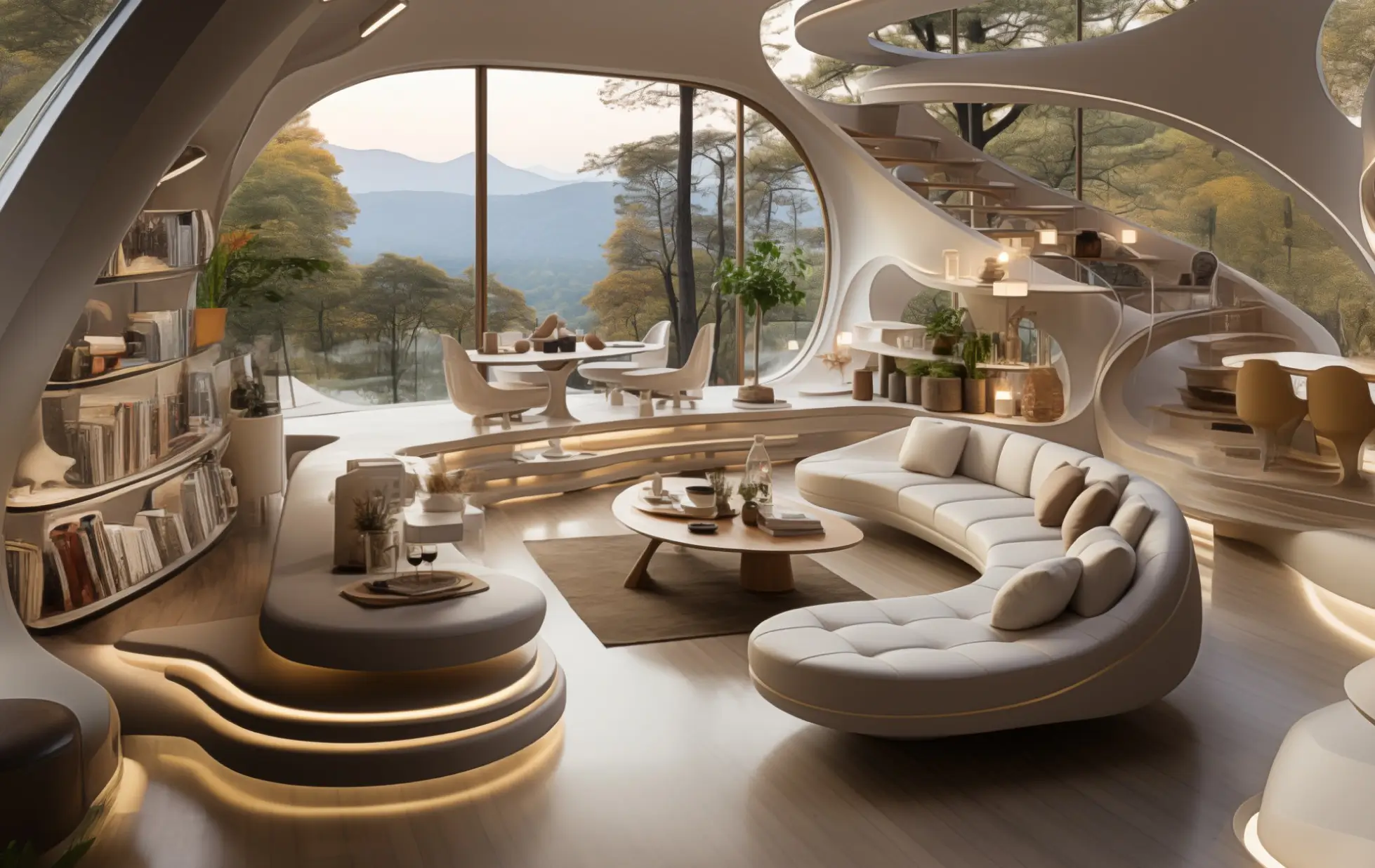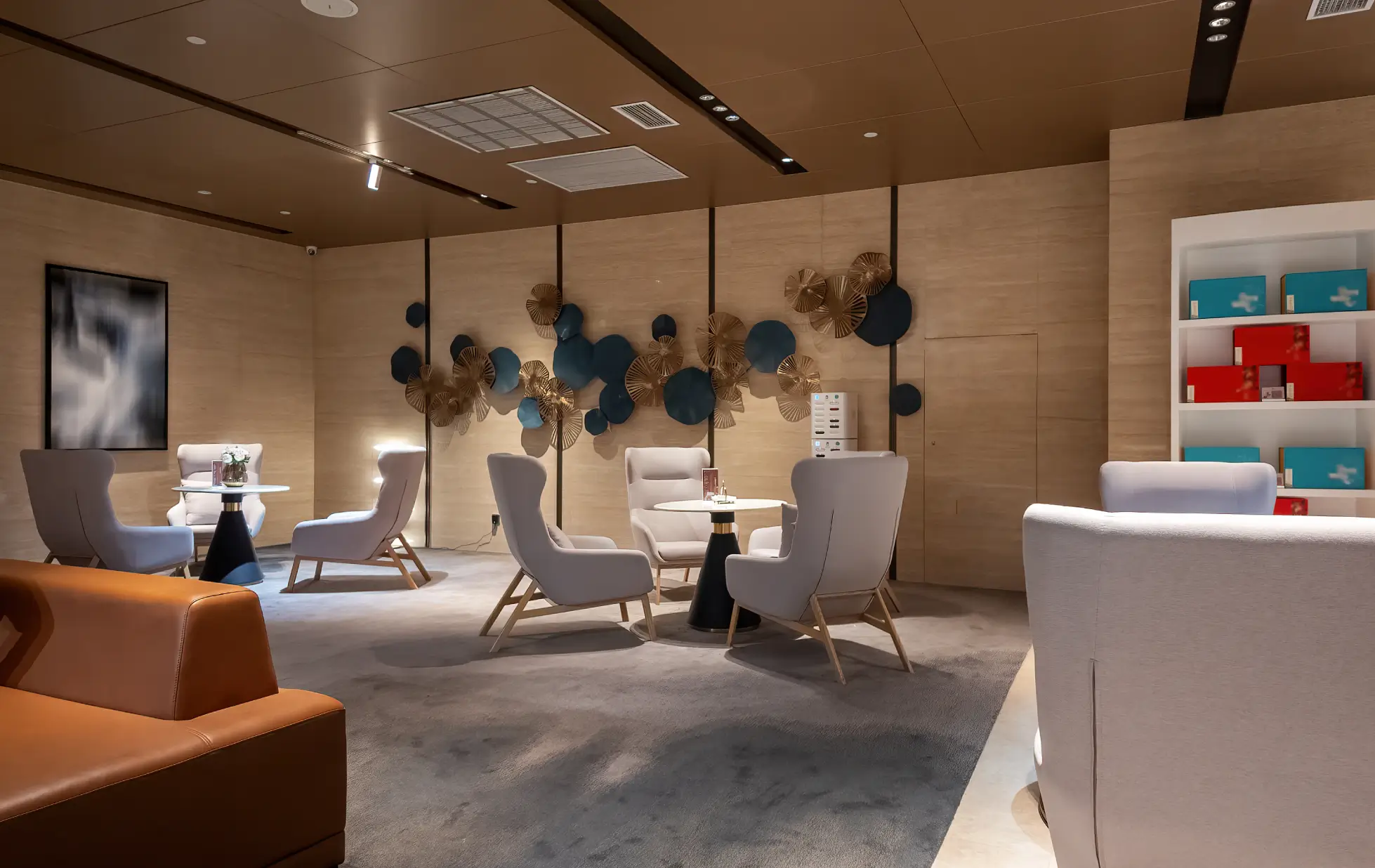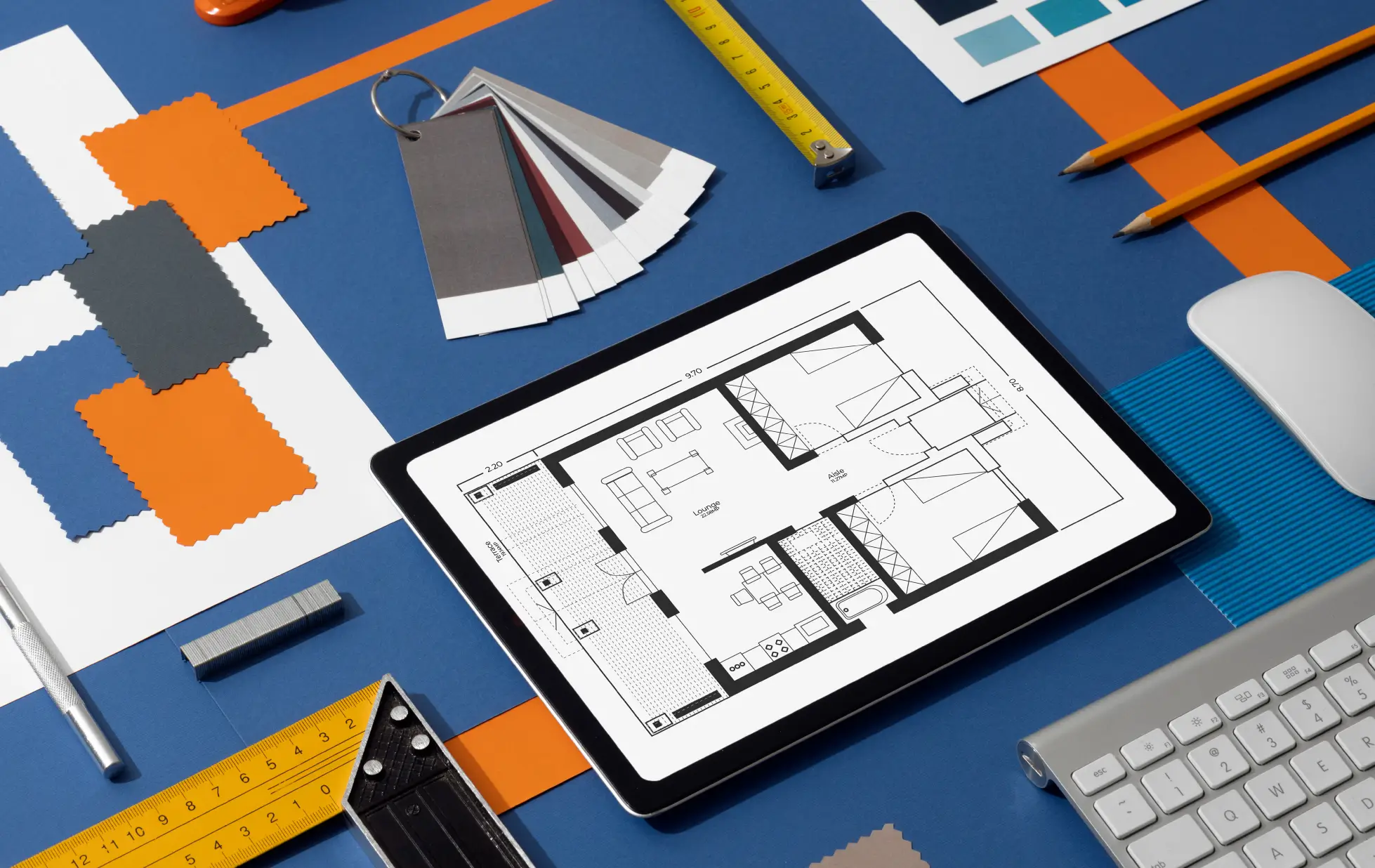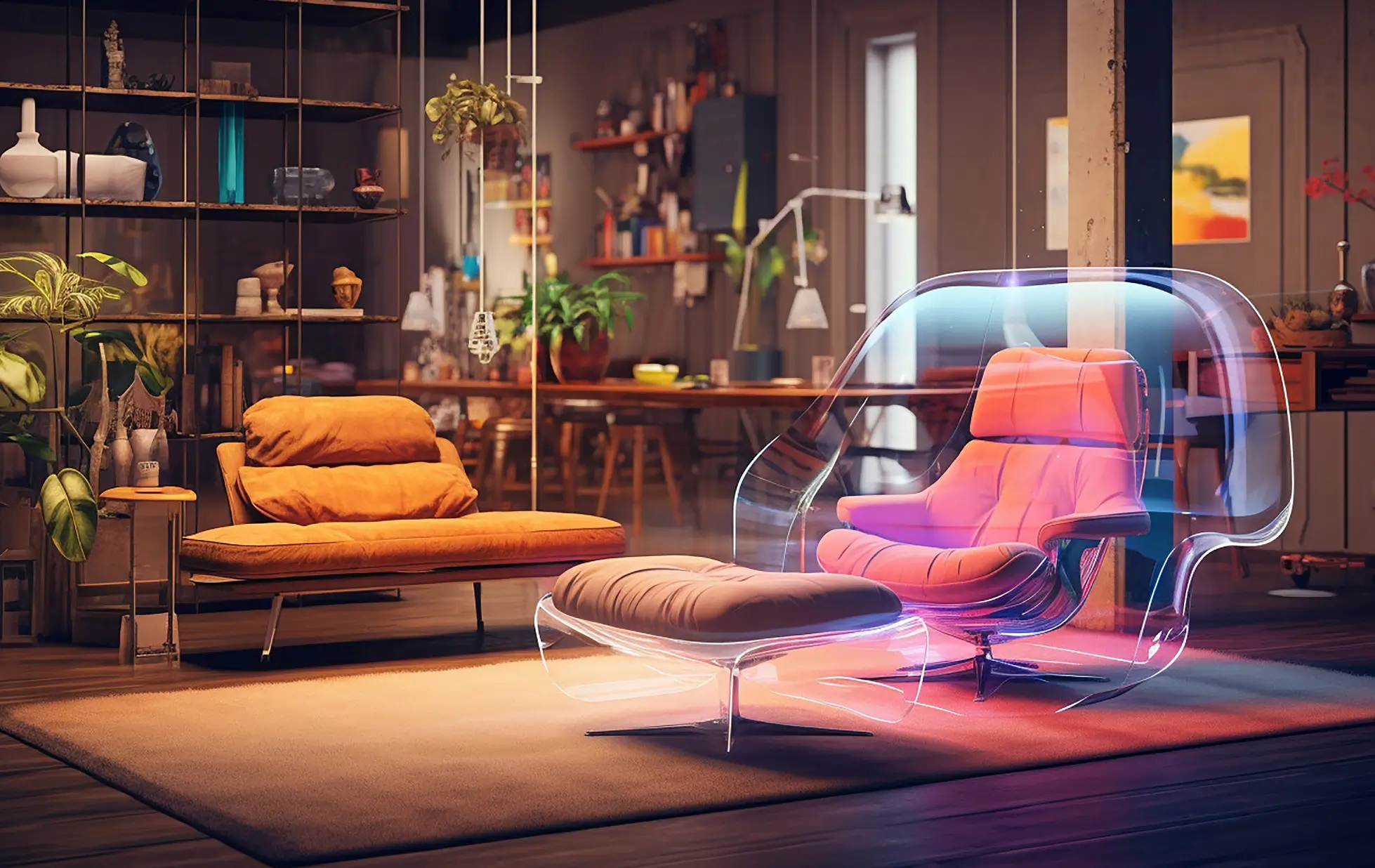By admin — 14 February 2025
How AI & 3D Printing Is Revolutionizing Interior & Architectural Design
The world of interior and architectural design is undergoing a massive transformation, thanks to the rapid advancements in Artificial Intelligence (AI) and 3D printing. These technologies are not only streamlining design processes but also allowing architects and interior designers to create highly customized, sustainable, and innovative spaces. From AI-driven design algorithms to 3D-printed furniture and structures, the future of interior design is more dynamic and efficient than ever before.
The Role of AI in Interior and Architectural Design
AI is reshaping the way designers conceptualize, visualize, and execute their projects. Here’s how AI is making an impact:
-
Smart Design Assistance
AI-powered tools like generative design software can analyze space constraints, user preferences, and environmental factors to generate optimal layout solutions. AI assistants, such as Autodesk’s Dreamcatcher and Adobe’s Sensei, allow designers to explore multiple variations in real-time.
-
Enhanced Visualization with AI
AI-driven software, such as DALL-E and MidJourney, can generate photorealistic renderings of spaces based on textual descriptions. This helps designers and clients visualize concepts before execution, reducing costly modifications.
-
Data-Driven Personalization
AI analyzes user preferences, lifestyle patterns, and historical data to provide personalized design recommendations. Smart home systems can also integrate AI to adapt lighting, temperature, and decor elements to individual needs.
-
Sustainable Design Solutions
AI optimizes energy efficiency by recommending eco-friendly materials and smart technologies. It can assess climate conditions and suggest designs that minimize energy consumption, reducing carbon footprints.
How 3D Printing is Revolutionizing Interior and Architectural Design
3D printing is redefining the boundaries of creativity and sustainability in design. Here’s how it is transforming the industry:
-
Rapid Prototyping and Concept Development
Before finalizing a design, architects and interior designers can use 3D printing to create scaled models. This allows clients to get a tangible feel of the space and make informed decisions.
-
Customization at Its Best
With 3D printing, designers can create custom furniture, decor, and even entire building structures tailored to a client’s specific needs. This level of personalization was previously unattainable with traditional manufacturing methods.
-
Cost and Time Efficiency
3D printing reduces production costs and minimizes material waste, making it a cost-effective solution for both designers and homeowners. It also significantly shortens the time required to create intricate architectural elements.
-
Eco-Friendly and Sustainable Designs
By using biodegradable and recycled materials, 3D printing promotes sustainability in interior and architectural design. Additionally, 3D-printed structures can incorporate energy-efficient features that further support green living.
-
Complex Geometries Made Easy
Traditional manufacturing techniques often limit the complexity of designs. With 3D printing, intricate patterns, organic shapes, and futuristic structures can be easily realized, pushing the boundaries of creativity.
AI & 3D Printing: The Future of Interior Design
The integration of AI and 3D printing is paving the way for a new era in interior and architectural design. Here are some futuristic applications:
-
AI-Driven 3D-Printed Homes
Companies like ICON and Mighty Buildings are leveraging AI and 3D printing to construct affordable and energy-efficient homes in record time. AI analyzes data to determine the best building strategies, while 3D printing executes them with precision.
-
AI-Powered Smart Furniture
Imagine furniture that adapts to your posture, temperature, and lighting needs. AI-powered smart furniture, when combined with 3D printing, allows for seamless customization and enhanced user comfort.
-
Augmented Reality (AR) & AI in Interior Design
AI and AR-powered applications enable customers to visualize how a space will look before purchasing furniture or making design changes. Apps like Houzz and IKEA Place use AI-driven AR to improve the customer experience.
-
3D-Printed Sustainable Skyscrapers
With increasing urbanization, AI and 3D printing are being explored for sustainable high-rise buildings. These skyscrapers could be printed with eco-friendly materials, reducing construction waste and carbon footprints.
Conclusion
The combination of AI and 3D printing is revolutionizing the interior and architectural design industries by making designs smarter, more efficient, and highly customizable. From sustainable homes to AI-driven personalization, these technologies are redefining the future of design. At InOut Interior Designer, we embrace innovation to create spaces that are not only aesthetically appealing but also intelligent and sustainable. If you’re looking for cutting-edge interior design solutions, AI and 3D printing can bring your vision to life like never before.
 07 February 2025
07 February 2025



